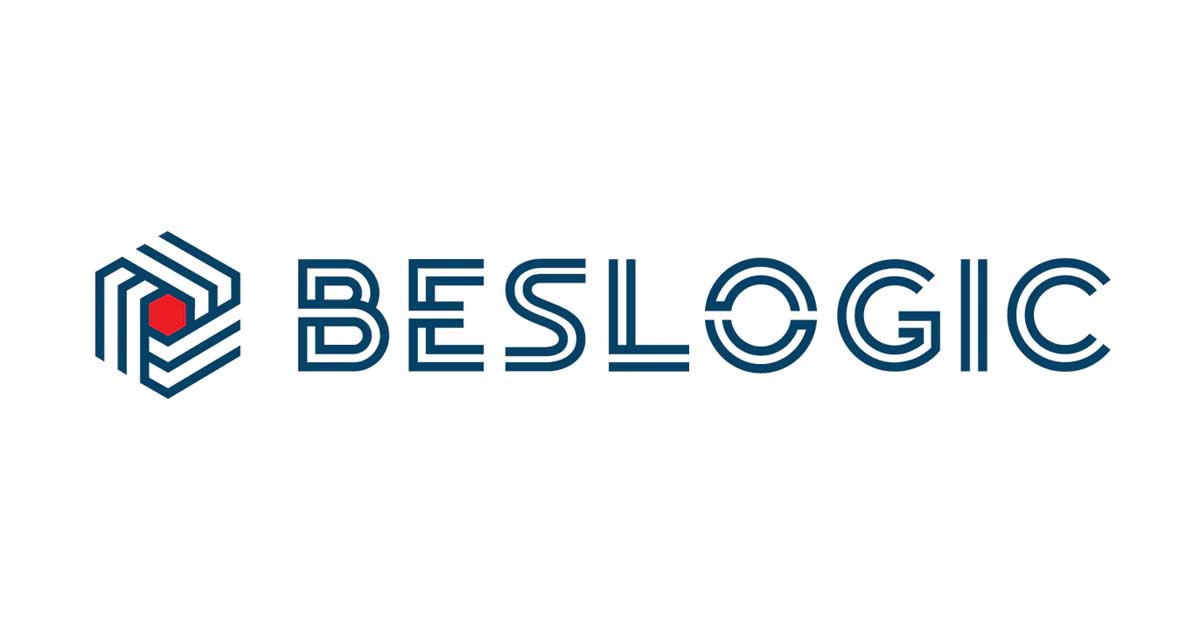AI-powered digital matching for the built environment
Abstract
The contemporary landscape of Building Information Modeling (BIM) has undergone a substantial transformation, now embodying a vast repository of contextual and operational data relevant to the lifecycle of built assets. This broad and complex spectrum of data represents a challenge for the assimilation of compartmentalized multisource information and the extraction of usable information. My doctoral research addresses this complexity by proposing a new framework that synergizes knowledge graphs (as a backbone for data integration), virtual reality (VR) and artificial intelligence (AI)-driven interfaces. This integrative approach aims to revolutionize user interaction with digital twins, facilitating more intuitive and immersive engagement with virtual representations of built environments.
Project results
Project contributions
Publications
Publications from this project are available below:
Shahinmoghaddam, M., Nazari, A., & Zandieh, M. (2018). CA-FCM: Towards a formal representation of expert’s causal judgments over construction project changes. Advanced Engineering Informatics, 38, 620–638.
Shahinmoghadam, M., & Motamedi, A. (2019, May). Review of BIM-centred IoT Deployment– State of the Art, Opportunities, and Challenges. In Proceedings of the 36th International Symposium on Automation and Robotics in Construction (ISARC 2019).
Shahinmoghadam, M., & Motamedi, A. (2021). An ontology-based mediation framework for integrating federated sources of BIM and IoT data. In Proceedings of the 18th International Conference on Computing in Civil and Building Engineering: ICCCBE 2020. Springer International Publishing.
Motamedi, A., & Shahinmoghadam, M. (2021). BIM-IoT-integrated architectures as the backbone of cognitive buildings: Current state and future directions. In BIM-enabled Cognitive Computing for Smart Built Environment (pp. 45–68). CRC Press.
Motamedi, A., & Cheriet, M. (2021). Applying Machine Learning and Digital Twinning for the Live Assessment of Thermal Comfort in Buildings. Proc. of the Conference CIB W78, 2021, 11– 15.
Davari, S., Shahinmoghadam, M., Motamedi, A., & Poirier, E. A. (2022). Demystifying the Definition of Digital Twin for Built Environment. Proceedings of the ICCEPM: The 9th International Conference on Construction Engineering and Project Management.
Research team
The project team :
Similar research
Explore our research in more depth by exploring these related studies and resources:



